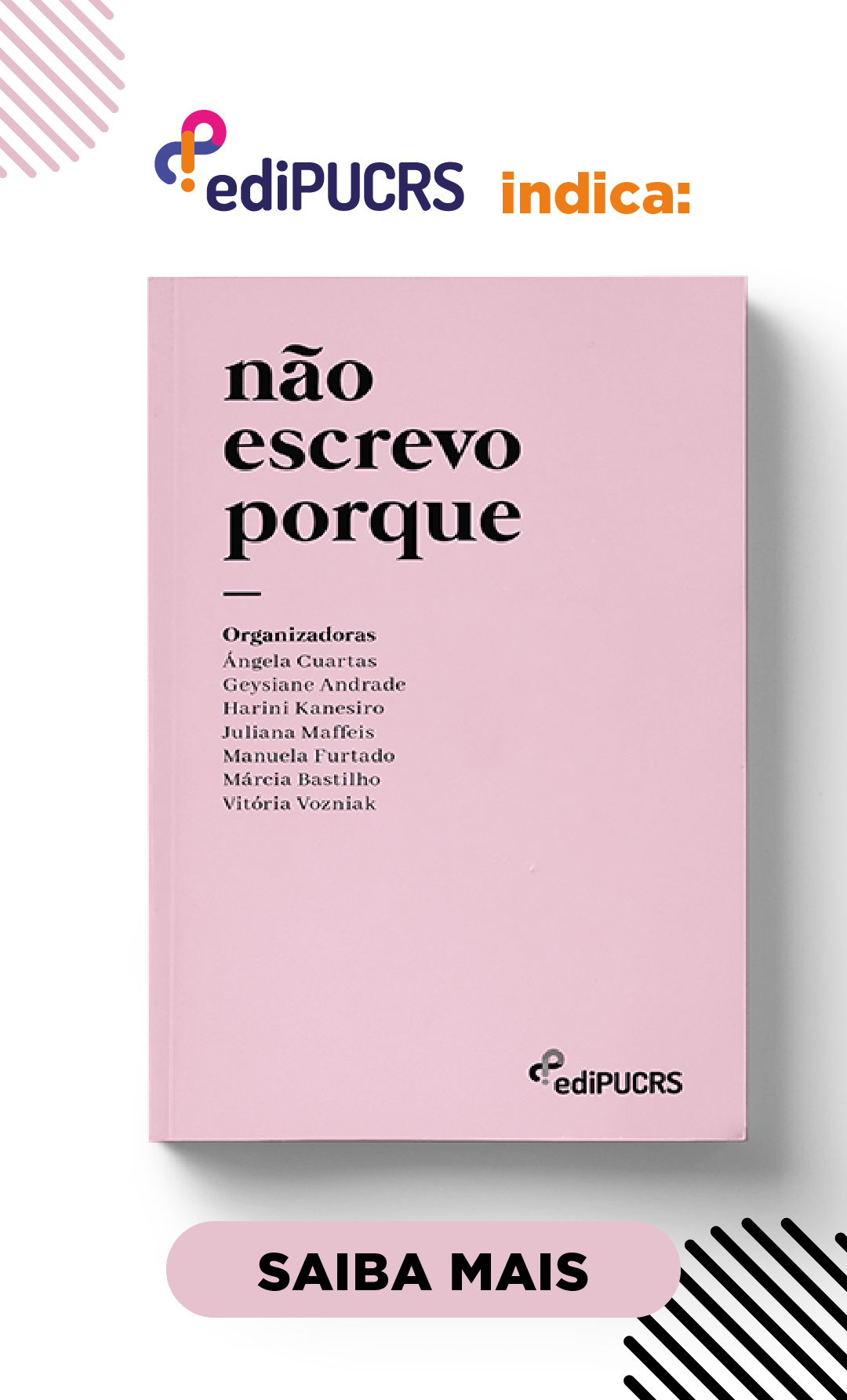Atitudes do locutor no discurso por meio da conversão entre aspectos argumentativos
DOI:
https://doi.org/10.15448/1984-7726.2015.3.19491Palavras-chave:
Teoria da Argumentação na Língua, Teoria dos Blocos Semânticos, Atitudes do locutor, DiscursoResumo
Com este artigo objetivamos descrever e explicar as atitudes tomadas pelo locutor ao expressar seu ponto de vista frente a outro(s) discurso(s), bem como investigar as relações entre esses discursos e seus sentidos, sob o enfoque da Teoria da Argumentação na Língua e da Teoria dos Blocos Semânticos. Escolhemos a relação entre os discursos do tipo A portanto B e A no entanto não-B, denominados encadeamentos argumentativos conversos entre si. Elegemos essa fundamentação teórica porque se trata de uma proposta semântica de análise da linguagem pela qual o sentido é construído pela relação estabelecida entre palavras, frases e parágrafos, em uma situação enunciativa. O corpus considerado para a análise é uma crônica. Após a análise das argumentações, os aspectos argumentativos assumidos pelos locutores podem ser relacionados entre si e assim permitem um estudo a respeito do sentido que constroem e das atitudes dos locutores ali envolvidos.
************************************************************************************************************************************************************************************************************
Speaker’s attitude in the discourse by conversion between argumentative aspects
Abstract: The goal of this paper is to describe and explain the actions taken by the speaker to express his point of view in relation to others discourses, and to investigate the relation among these discourses and their meanings, under the perspective of the Theory of Argumentation within Language and the Theory of Semantic Blocks. We chose the relation between discourses A threrefore B and A however not-B denominated argumentative chains in conversion. We elected these theories because they consider that the meaning is built by language in the relation established among words, sentences and paragraphs, in a situation of enunciation. The corpus considered for analysis consists of a chronicle. After the argumentation analysis, the argumentative aspects can be related to each other and thus it allows us to study the meaning built by the speakers and their attitudes.
Keywords: Theory of Argumentation within Language; Theory of Semantic Blocks; Speaker’s attitude; Discourse
Downloads
Referências
CAREL, Marion; DUCROT, Oswald. La semántica argumentativa – una Introducción a la Teoría de los Bloques Semánticos. Buenos Aires: Colihue, 2005.
CAREL, Marion; DUCROT, Oswald. Descrição argumentativa e descrição polifônica: o caso da negação. Letras de Hoje, Porto Alegre, v. 43, n. 1, mar. 2008.
DUCROT, Oswald. Enunciação. Enciclopédia Einaudi. Lisboa: Imprensa Nacional, Casa da Moeda, 1984.
DUCROT, Oswald. O dizer e o dito. Campinas: Pontes, 1987.
DUCROT, Oswald. Argumentação e “topoi” argumentativos. In: GUIMARÃES, Eduardo (Org.). História e sentido na linguagem. Campinas: Pontes, 1989.
DUCROT, Oswald. Polifonía y argumentación – Conferencias del Seminario Teoría de la Argumentación y Análisis del Discurso. Cali: Universidad del Valle, 1990.
DUCROT, Oswald. Os internalizadores. Letras de Hoje, Porto Alegre, v. 37, n. 3, p. 7-26, set. 2002.
DUCROT, Oswald. Argumentação retórica e argumentação linguística. Letras de Hoje, Porto Alegre, v. 44, n. 1, jan./mar. 2009.
SAUSSURE, Ferdinand de. Escritos de Linguística Geral. Tradução Carlos Augusto Leuba Salum e Ana Lucia Franco. São Paulo: Cultrix, 2004.
VERISSIMO, Luis Fernando. Mais comédias para ler na escola. Rio de Janeiro: Objetiva, 2008.





